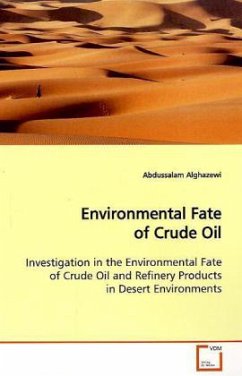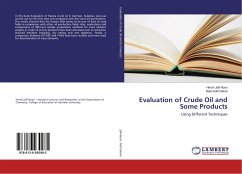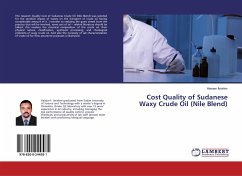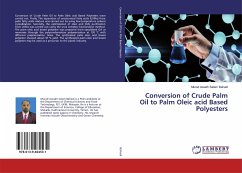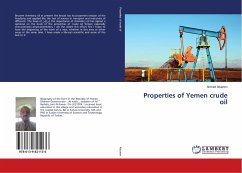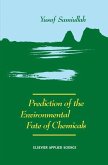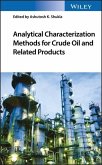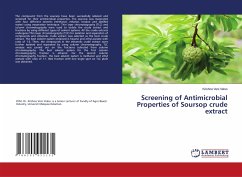The present study models the fate of diesel oil
spills in a variety of different desert (Libyan)
environment. Sand is vulnerable to pollution from
oil seepage, and sand in oil-producing regions is
especially so. However, the contribution of
different environmental factors and their interplay
are as yet poorly understood. The study
investigates the seepage velocity and composition
over time of one type of diesel oil in sand from
four Libyan locations and at different temperatures
(20 C and 37 C). Results suggest that sand bulk
density, ambient temperature, sand moisture content
(0.5 6%), and sand composition have large effects on
seepage velocity and composition over time. Results
determined velocities ranged, according to sand type
and condition, from 0.01 m/h to 1.67 m/h. Equally
and possibly more important, results also suggest
complex and strong interaction effects; these may
render predicting the pollution consequences of oil
spills difficult. Results from the model accord
with results from field studies, suggesting the
model has good ecological validity.
spills in a variety of different desert (Libyan)
environment. Sand is vulnerable to pollution from
oil seepage, and sand in oil-producing regions is
especially so. However, the contribution of
different environmental factors and their interplay
are as yet poorly understood. The study
investigates the seepage velocity and composition
over time of one type of diesel oil in sand from
four Libyan locations and at different temperatures
(20 C and 37 C). Results suggest that sand bulk
density, ambient temperature, sand moisture content
(0.5 6%), and sand composition have large effects on
seepage velocity and composition over time. Results
determined velocities ranged, according to sand type
and condition, from 0.01 m/h to 1.67 m/h. Equally
and possibly more important, results also suggest
complex and strong interaction effects; these may
render predicting the pollution consequences of oil
spills difficult. Results from the model accord
with results from field studies, suggesting the
model has good ecological validity.

